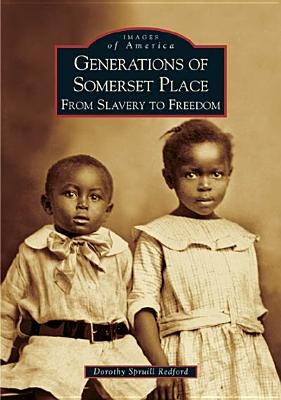
- We will send in 10–14 business days.
- Author: Dorothy Spruill Redford
- Publisher: Arcadia Publishing (SC)
- ISBN-10: 0738518034
- ISBN-13: 9780738518039
- Format: 17 x 23.5 x 0.9 cm, minkšti viršeliai
- Language: English
- SAVE -10% with code: EXTRA
Reviews
Description
Located in the rural northeastern part of North Carolina, Somerset was cumulatively home to more than 800 enslaved blacks and four generations of a planter family.
When the institution of slavery ended in 1865, Somerset Place was the third largest plantation in North Carolina. During the 80 years that Somerset was an active plantation, hundreds of acres were farmed for rice, corn, oats, wheat, peas, beans, and flax. Today, Somerset Place is preserved as a state historic site offering a realistic view of what it was like for the slaves and freemen who once lived and worked on the plantation, once one of the Upper South's most prosperous enterprises.
EXTRA 10 % discount with code: EXTRA
The promotion ends in 23d.19:36:52
The discount code is valid when purchasing from 10 €. Discounts do not stack.
- Author: Dorothy Spruill Redford
- Publisher: Arcadia Publishing (SC)
- ISBN-10: 0738518034
- ISBN-13: 9780738518039
- Format: 17 x 23.5 x 0.9 cm, minkšti viršeliai
- Language: English English
Located in the rural northeastern part of North Carolina, Somerset was cumulatively home to more than 800 enslaved blacks and four generations of a planter family.
When the institution of slavery ended in 1865, Somerset Place was the third largest plantation in North Carolina. During the 80 years that Somerset was an active plantation, hundreds of acres were farmed for rice, corn, oats, wheat, peas, beans, and flax. Today, Somerset Place is preserved as a state historic site offering a realistic view of what it was like for the slaves and freemen who once lived and worked on the plantation, once one of the Upper South's most prosperous enterprises.


Reviews